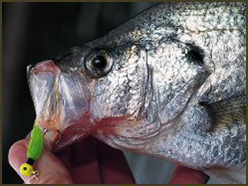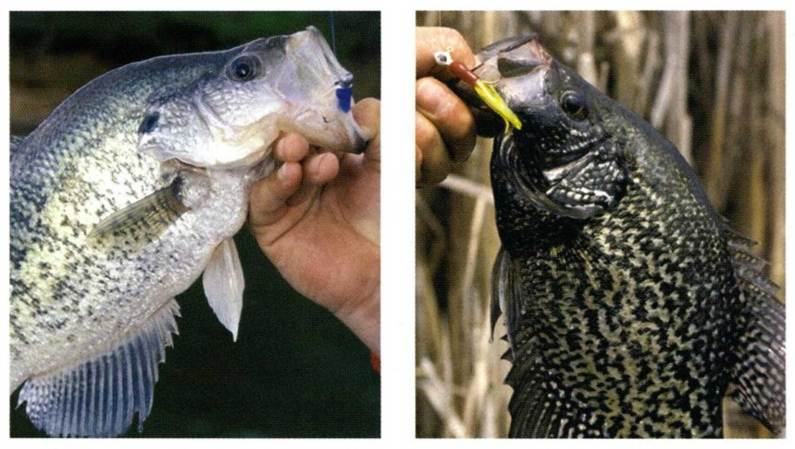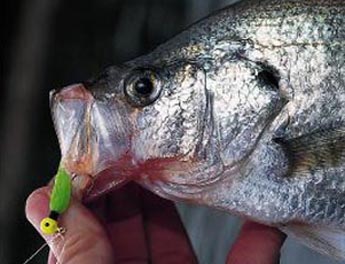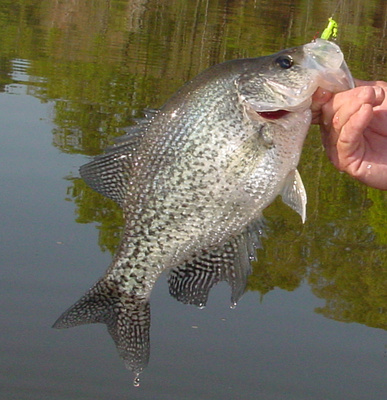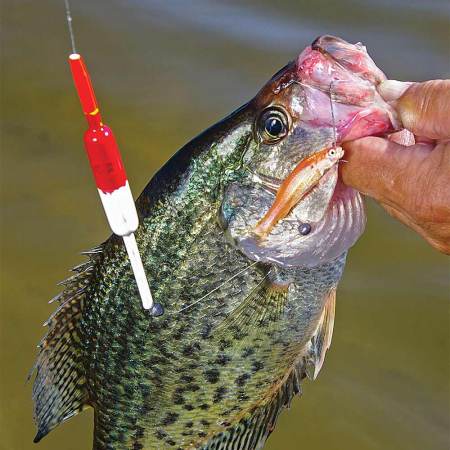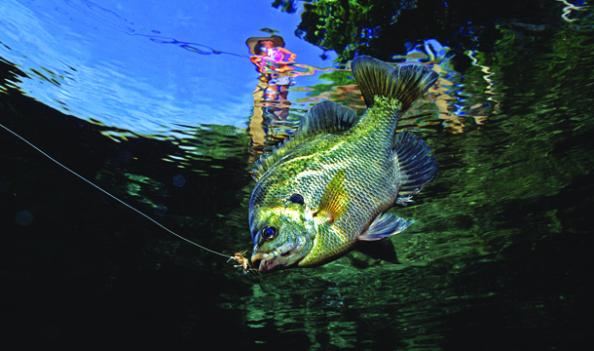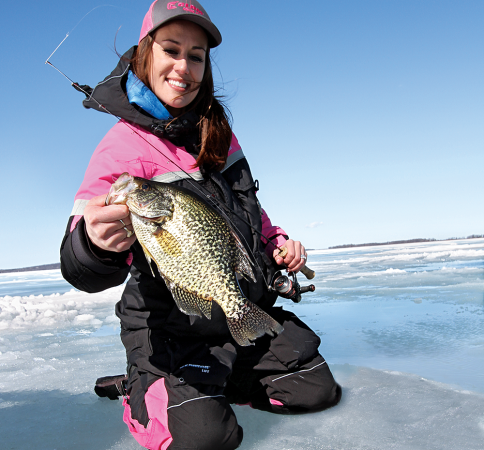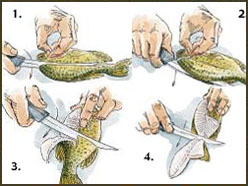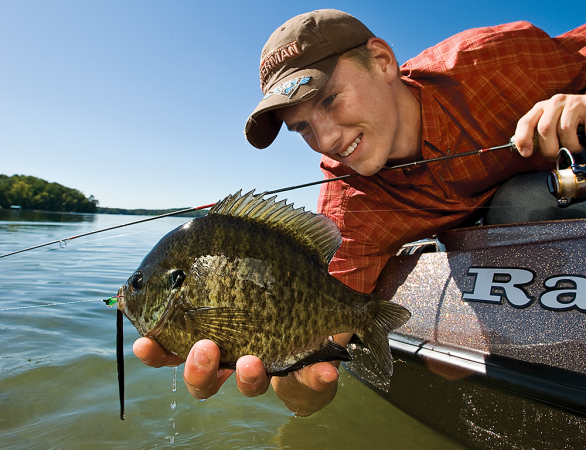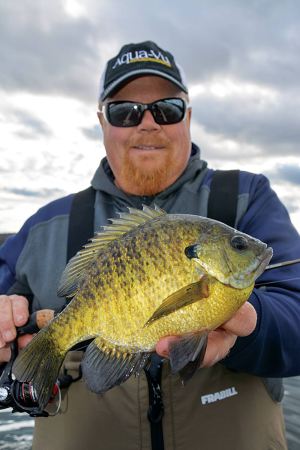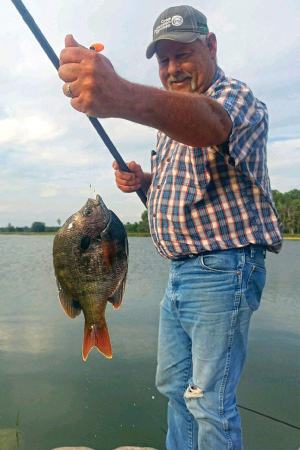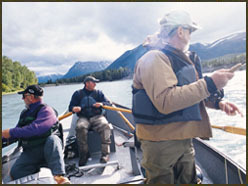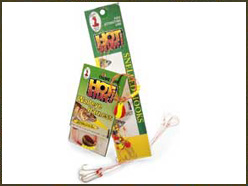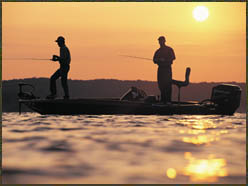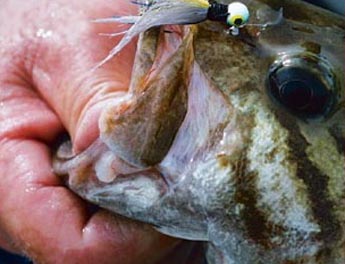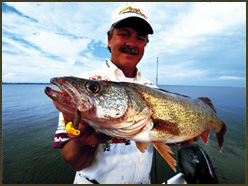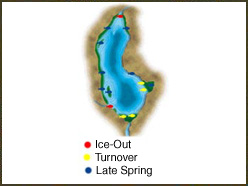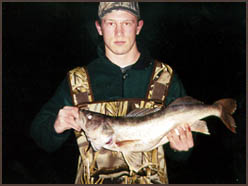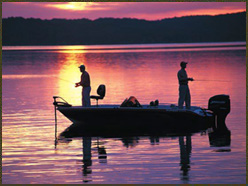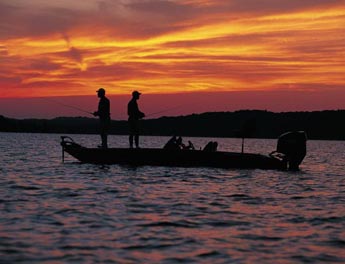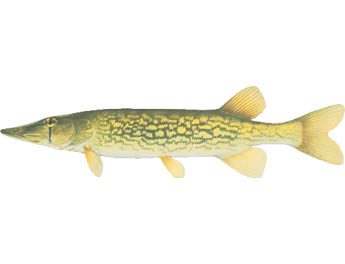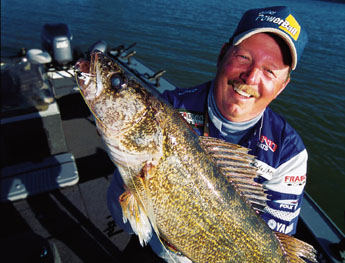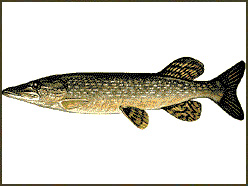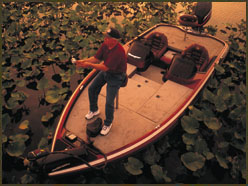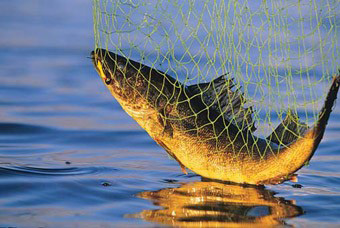Pre-Spawn Behavior
In early spring, crappies move into shallow, protected areas searching for warmer water. In natural lakes, you’ll generally find them in dark-bottomed bays and boat channels. In man-made lakes, they’re most likely to be in the back ends of shallow creek arms, in the creeks feeding those arms or in marinas. In big rivers, look for them in shallow, weedy or brushy backwater areas. The pre-spawn movement starts shortly after ice-out in the North and after the first few warm days of spring in the South.
The trick to finding pre-spawn crappies is to locate the warmest water. Sometimes there is a drastic temperature difference within a given bay, backwater or creek arm. On a sunny day, for example, the wind can pile up warm water along the downwind shoreline, creating up to a 10-degree difference.
Often, you’ll be fishing over a bottom covered with brush or decaying weeds, so you’ll need a bait that is fairly weedless. I’ve had good success with a small spin-rig (a tiny unskirted spinnerbait) tipped with a minnow. A weedless jig head (about one-sixteenth-ounce) tipped with a minnow is also good.
Once you locate a pocket of crappies, you may want to switch to a slip-bobber/minnow rig. You can tempt some fish with a fast-moving bait, but few crappies can resist a lively minnow wiggling in their faces.
**Spawning Tactics **
Once the water warms into the low 50s, crappies start moving to firm-bottomed spawning areas, which usually have emergent weeds or brush.
In natural lakes in the North, crappies typically select main-lake shoals as spawning sites. Because the main lake warms more slowly than the bays, these crappies generally spawn a week or two later than those in the backwaters. If a lake has bulrushes (reeds), check them for signs of spawning activity. They grow on a firm bottom and provide the vertical cover that crappies seek.
Once you spot a fish or two, back off and hold the boat in position with your trolling motor or anchor and cast to the bed. Use a slip-bobber rig with a small minnow or jig-and-minnow. When fishing in bulrushes or other emergent weeds, use at least 8-pound-test mono; that way, should you hang up, you will probably be able to pull free without losing your jig or slip-bobber rig.
